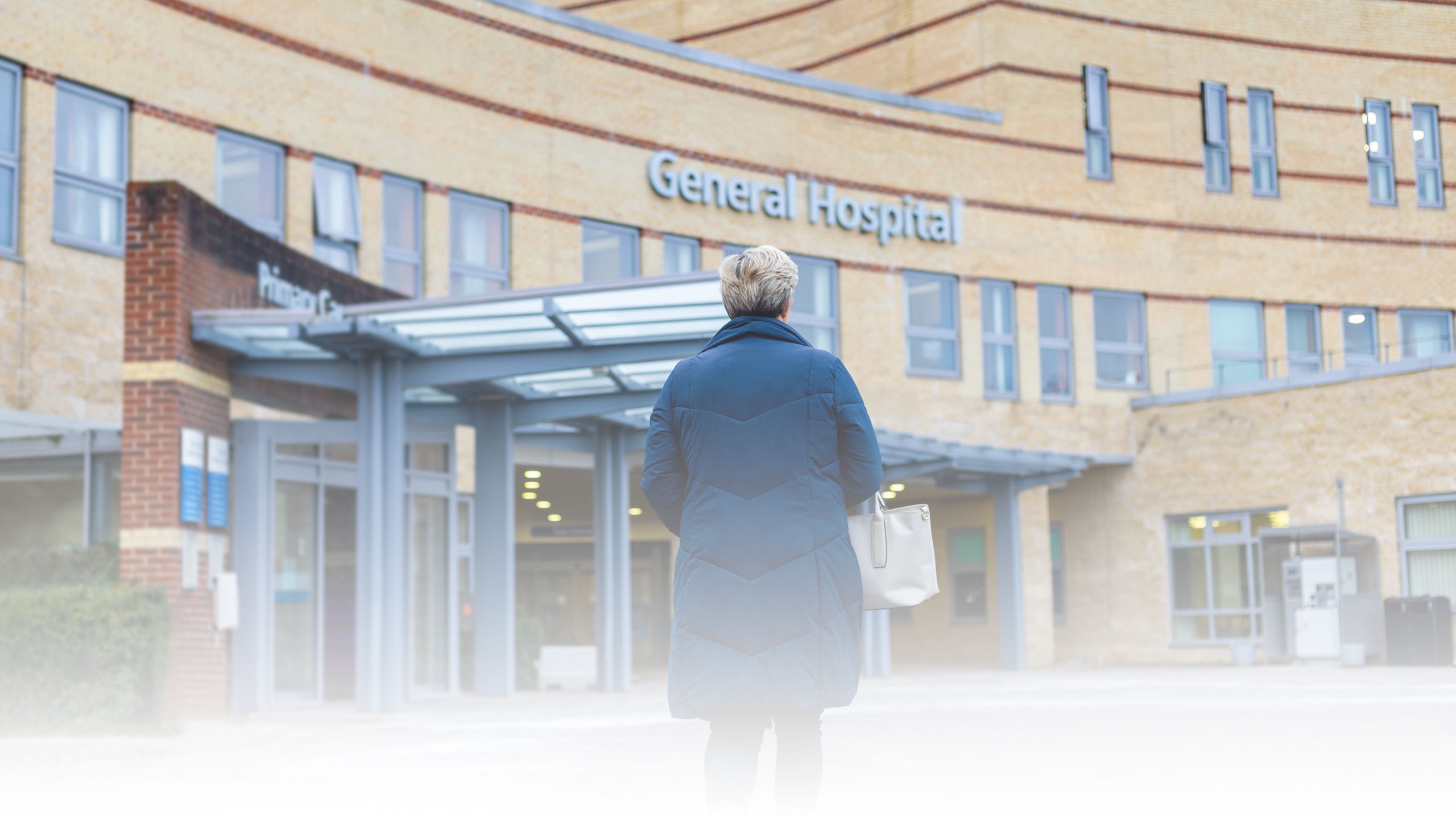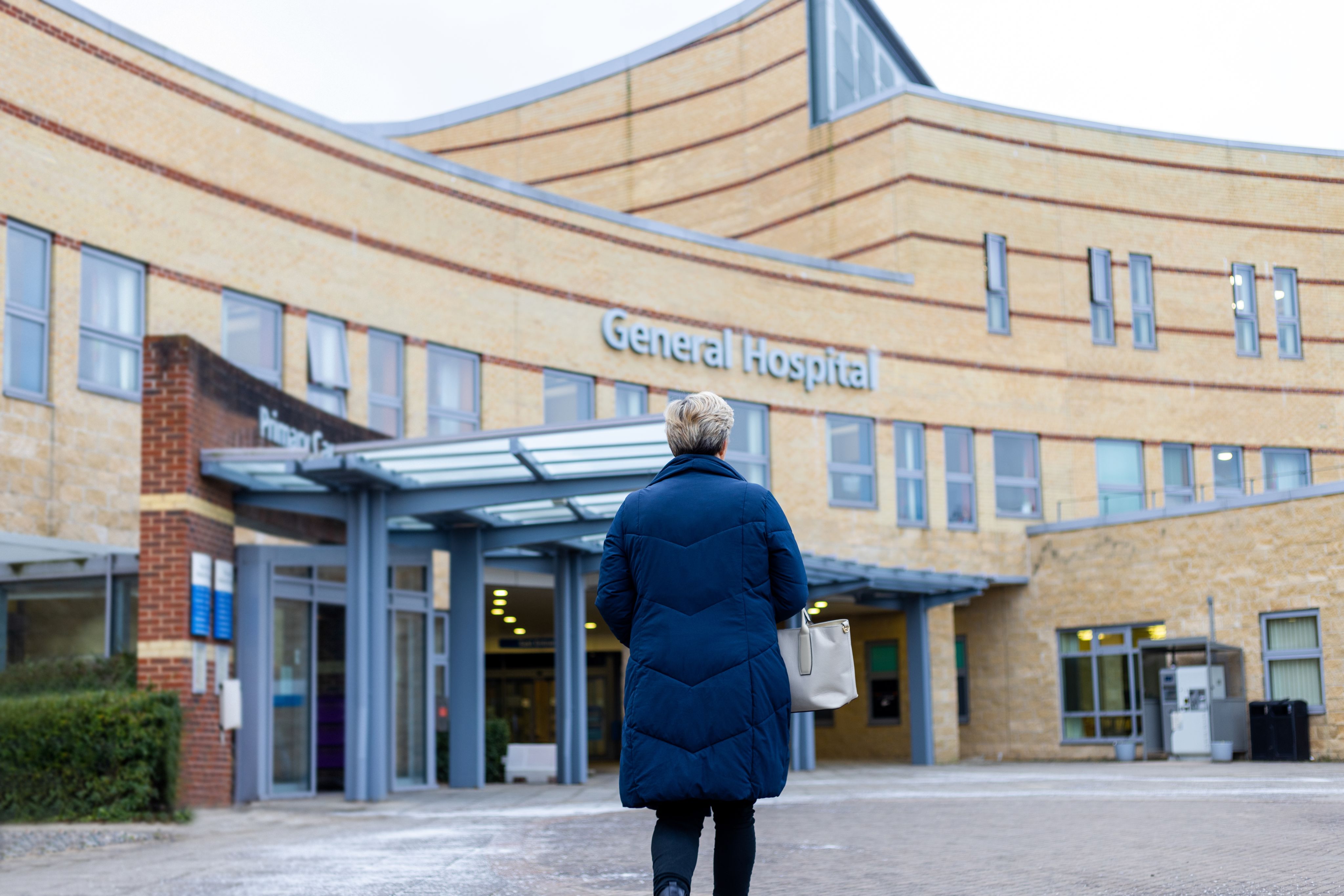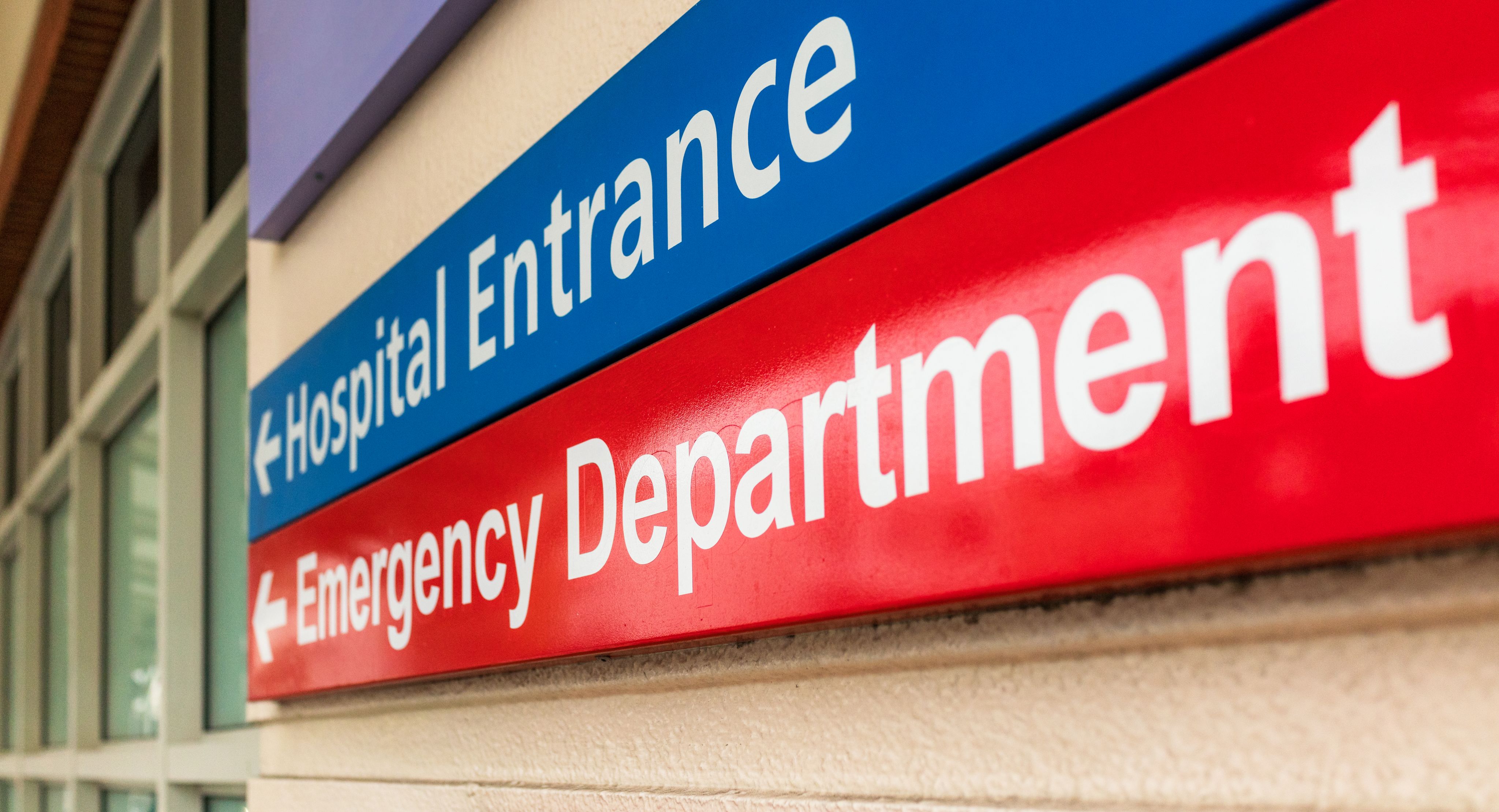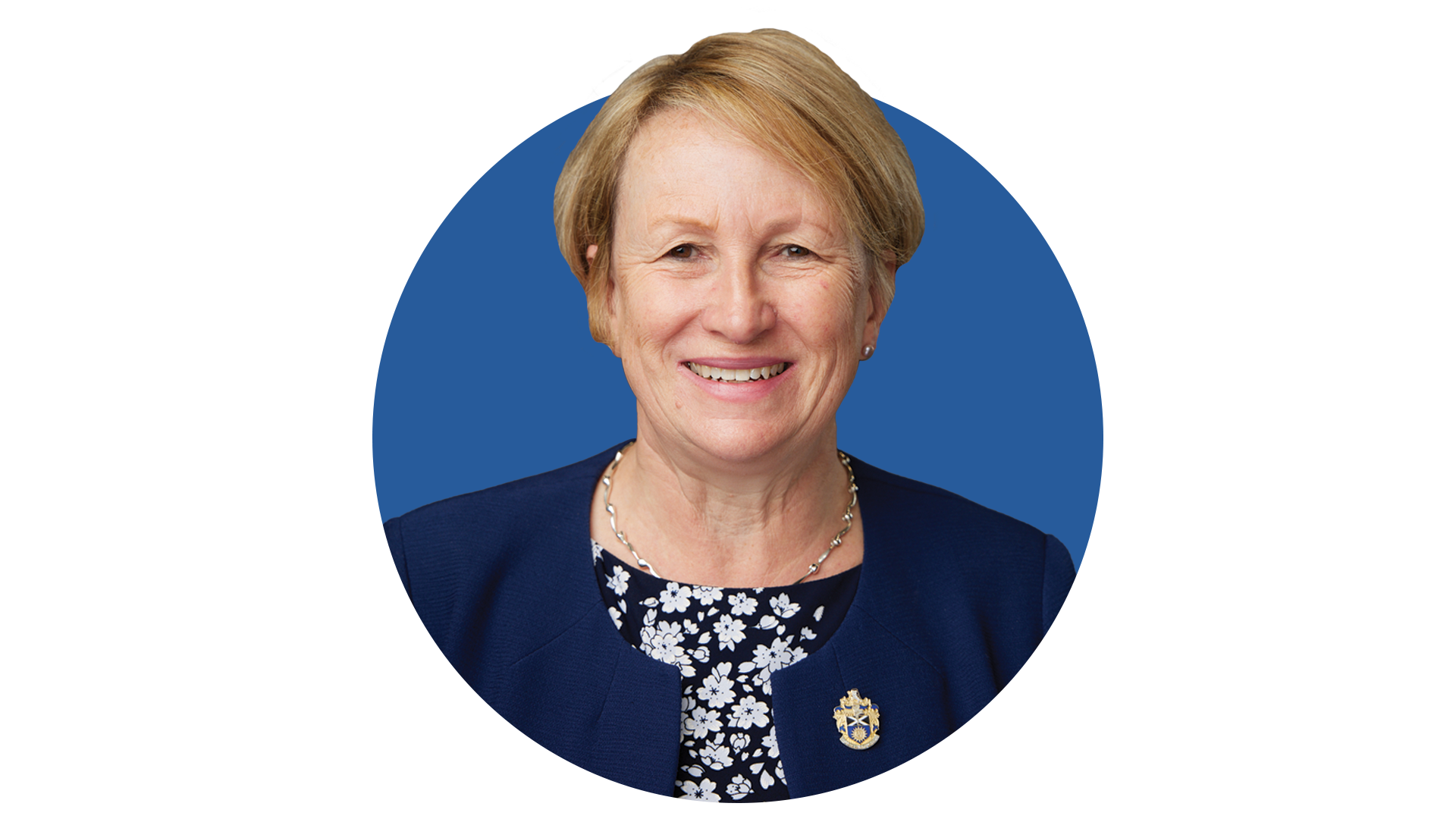How will the abolition of NHS England affect radiographers?
In March, the prime minister put in motion plans to scrap NHS England as a standalone body and merge it into the Department of Health and Social Care. Synergy explores how this change will impact on SoR members and radiographers working in England
By Marese O’Hagan

How will the abolition of NHS England affect radiographers?
In March, the prime minister put in motion plans to scrap NHS England as a standalone body and merge it into the Department of Health and Social Care. Synergy explores how this change will impact on SoR members and radiographers working in England
By Marese O’Hagan

Standing before a packed audience at Reckitt Benckiser Healthcare UK’s Hull campus on 13 March, Prime Minister Keir Starmer announced that NHS England would be abolished.
This announcement forms part of a radical plan by the Labour government and will, according to the prime minister, shift taxpayers’ money where it is desperately needed within the health service. Keir said the move would result in “less bureaucracy… with more money for nurses” and an NHS refocused on “cutting waiting times at your hospital”.
On the same day, health secretary Wes Streeting told the House of Commons that, over the next two years, NHS England would become part of the Department of Health and Social Care (DHSC). Sir James Mackey will be taking over as transition CEO of NHS England.
The SoR’s response to the merger was swift. “In the past, the Society of Radiographers has engaged positively with NHS England,” said society CEO Richard Evans. “We hope that the government will preserve the productive elements of NHS England, and not throw the good out with the bad.
Richard Evans
Richard Evans
“Much of the very best and most impactful work that has been done by NHS England has been done by healthcare professionals that have developed their careers to work at a policy and advisory level. This includes radiographers.
“The news that these jobs may now be at risk must be devastating. The SoR is committed to supporting our members affected by the news and the changes that will be proposed in the coming weeks and months.”
Upon learning of the plans, the SoR contacted all members working in NHS England, inviting them to meet on 18 March. The purpose of the meeting was to acknowledge members who work in NHS England and to assure them of the SoR’s support. Attendees were also encouraged to talk openly about the merger and express any worries or concerns. This was the first of several meetings the SoR intends to hold on the matter.

Tracing the origins
The news has caused seismic effects across the NHS, with several industry bodies criticising the complicated move. Much like the society’s stance, criticism has centred around the effect on existing NHS England employees. Swirling media reports have estimated that up to 10,000 jobs could be at risk as a result of the merger.
But what brought about the establishment of NHS England in the first place? And why has the Labour government decided to scrap it altogether?
Originally known as the NHS Commissioning Board, NHS England was established through the Health and Social Care Act 20212 under David Cameron’s Conservative government as an NHS special health authority. It was renamed NHS England in 2013. The initial aims of the NHS Commissioning Board were to manage the commissioning of NHS services and commission certain services regionally or nationally.
Special health authorities are arm’s length bodies whose funding and operations are controlled by the secretary of state. As a special health authority, NHS England was set up to provide services to England as a whole, and not specific local communities.
NHS England leads all NHS services in England, aiming to deliver quality care to patients, support staff in providing this care and pledge value for money to the taxpayer. The organisation has achieved a number of feats over the years; for example, helping to recruit more than one million people to take part in studies through its NHS DigiTrials service, operating the NHS Genomic Medicine Service and allowing more than 100,000 cancer patients to benefit from early access to treatment through the Cancer Drugs Fund.
But NHS England hasn’t always had it easy. The organisation has long faced criticism for waiting lists, workforce shortages and overspending – issues the government aims to address with its abolition.
Let’s move on to the Darzi report. The report – which was commissioned by the newly elected Labour government and published in September 2024 – was the result of an investigation conducted by Lord Ara Darzi into the state of the NHS in England. The investigation assessed three main issues: how patients access healthcare, the quality of healthcare and the overall performance of the healthcare system. The report signalled the 2012 Health and Social Care Act as a “calamity without international precedent”, eventually leading to the government’s announcement that NHS England would be abolished.
What have Keir Starmer, Wes Streeting and the DHSC said?
Comparing statements from Keir Starmer, Wes Streeting and the DHSC, common threads emerge. One of the most prevalent is the ending of a system where two organisations – NHS England and the DHSC – effectively do the same job. This is Labour’s main argument when it comes to scrapping NHS England. “The reform the prime minister is setting out today will mean fewer checkers and more doers,” Wes said on 13 March. “It will cut through the complex web of bureaucracy and devolve more resources and responsibility to the frontline to deliver better value for taxpayers’ money and a better service for patients.”
This, he continued, will bolster the NHS into delivering the three goals set out in the Change NHS 10-Year Health Plan – moving care from hospitals to communities, bettering the use of technology and preventing sickness. These will “make the service fit for the future”.
Keir appealed to taxpayers’ best interests, highlighting a better use of taxpayer money through the split. “I don’t see why… a decision about £200bn of taxpayer money on something as fundamental to our security as the NHS should be taken by an arm’s length body, NHS England. And I can’t in all honesty explain to the British people why we should spend their money on two layers of bureaucracy.
“That money could and should be spent on nurses, doctors, operations and GP appointments.”
Similarly, the DHSC said the move would “put an end to the duplication resulting from two organisations doing the same job in a system currently holding staff back from delivering for patients”.
“By stripping back layers of red tape and bureaucracy, more resources will be put back into the frontline rather than being spent on unnecessary admin,” the department stated.


Concerns about funding and diagnostics
“The abolition of NHS England came as quite a surprise and shock when it was announced,” Charlotte Beardmore, SoR director for professional policy, tells Synergy. “Our thoughts are with all our radiography members who are leading work with NHS England and who in the last weeks have had to receive news about risk to their jobs.
Charlotte Beardmore
Charlotte Beardmore
“Jobs where our members have given so much commitment with passion and dedication, only to learn about this change at short notice through the PM’s announcement. This is unacceptable in a service that purports to be providing excellence in recognising the key resource of people.”
She is concerned about the loss of opportunity to support work as a result of the merger as over 2024-25 the Society of Radiographers has benefited from funding to support an extensive programme of work for the radiography profession; this work is just drawing to a close and will help provide supporting resources for the profession. “We have been fortunate to benefit from funding from NHS England over the last year to deliver a huge programme of work that will support the development of the radiography profession through reviewing education, placements, preceptorship, advancing practice, with students and in terms of careers promotion,” Charlotte continues. “This has been valuable, and we will progress the outputs from this work within our policy development of the profession at the national level to support you and the future profession.
“We are concerned about the loss of a huge amount of expert resources from NHS England, at a time when the NHS requires this skill to innovate and support professionals working on the frontline.”
While it’s too early to say exactly how the move will affect staff, the SoR is supporting members who might be affected by the change. Diagnostics should be a priority, Charlotte says, if the government wants to hit targets such as lowering waiting times for patients and delivering appointments. “For diagnostics, we will be lobbying for the key workstreams that support national and regional imaging delivery to continue, as without this focus innovation and change cannot easily happen. As professionals we have always risen to the challenge of change and this time will be no different.
“We will be working closely with the Royal College of Radiologists (RCR) and the Institute of Physics and Engineering in Medicine (IPEM) through the refocused SoR, RCR and IPEM Clinical Imaging Liaison group to lobby for this, and we met on 20 March to plan for it.”
Radiography as a crucial profession
Concerns have also been raised about the awareness of radiography as a crucial profession within the NHS, when doctors and nurses are usually presented as the main service providers when the NHS is in the spotlight. “When we hear from politicians, they make it sound like the service is comprised of doctors and nurses,” says Charlotte. “However, we know there are many more professionals working within the service.
“As one of those professions – that is not a doctor, that is not a nurse – we’ve got to continue to elevate the profession and what we can offer as a profession, which is delivering improved and enhanced care for patients.
“We are concerned that there is a risk that the focus within the new structure will be on doctors and nurses in the DHSC, when really excellent progress has been made in raising the profile and work of the entire multi-professional workforce.”
Charlotte adds that while radiographers carry out 24/7 care across diagnostics and radiotherapy, the profession can indeed do more – but only if it has sufficient resources across equipment, education and professional development.
When it comes to the abolition of NHS England – and the controversial merging of the organisation with the DHSC – there are a number of concerns. For the health service as a whole, this mainly hinges on the 10,000 jobs on the line.
Each NHS profession has its own, specific worries. As we’ve learned, for radiographers, concerns have arisen around expert resources and prioritising radiography as a profession. Radiographers are critical to how the NHS functions – nine in 10 NHS patients will see a radiographer at some point during their treatment. The society has concerns about the effect the abolition of NHS England might have on the radiography workforce and SoR members working within the organisation. However, the government is clear on the need to remove bureaucracy and erase a two-layered structure to drive much-needed funds back to crucial sectors, such as employee retention and ever-growing waiting lists.
With time ticking on the two-year transition process, the SoR is committed to supporting members through this uncertain transition.
More about the SoR’s employment support
The SoR has a number of resources for those seeking employment support across all stages of their careers. Employment guidance for students is available here, while support for members at subsequent stages of their careers is available here.
Click here for information about the SoR’s position as a trade union and professional body.
Image credit: Getty Images
Read more




